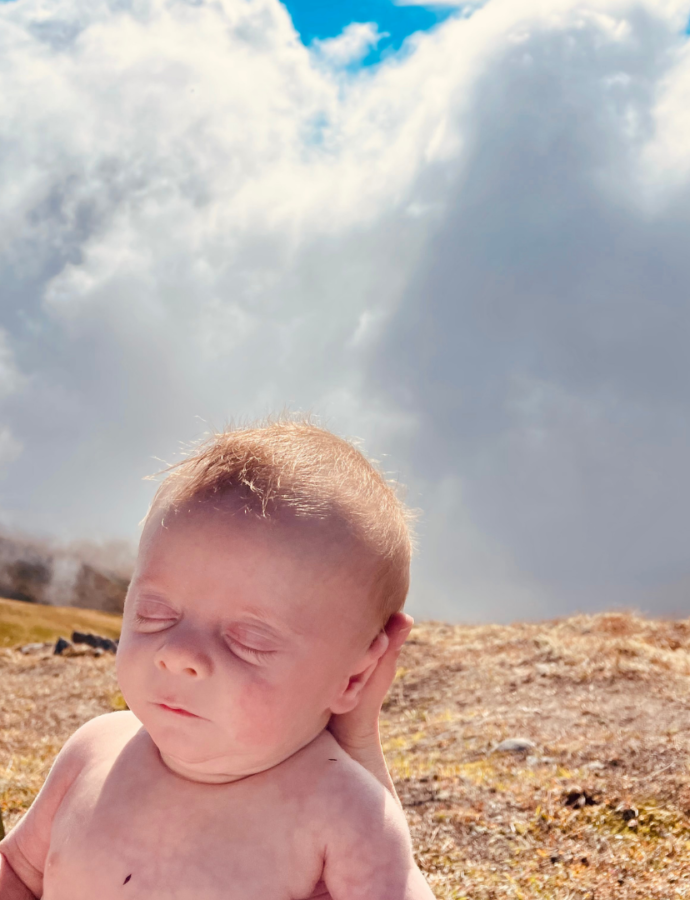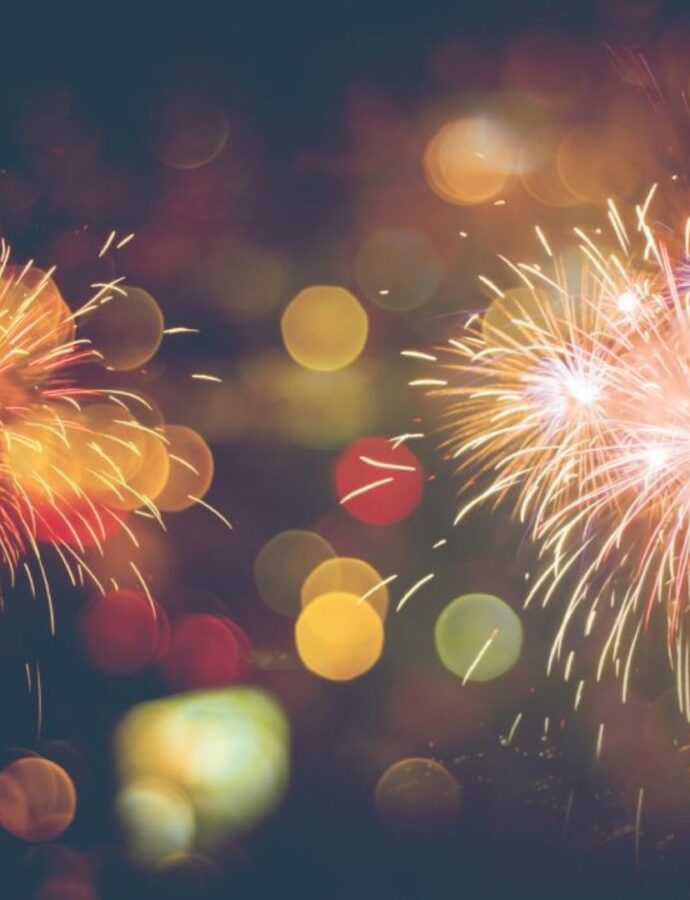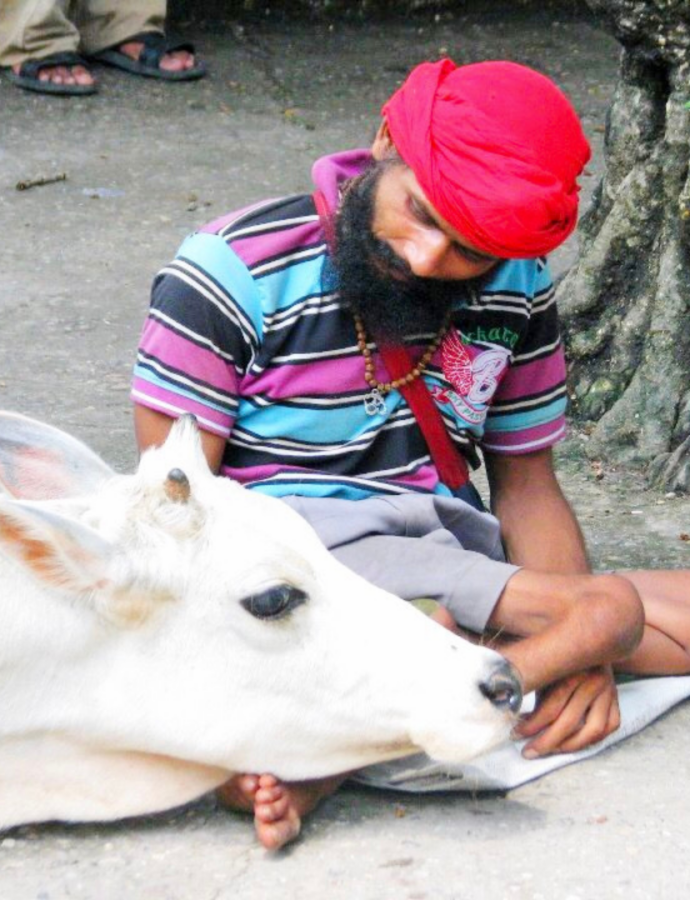
The term hierophany, coined by Mircea Eliade, is used to describe the way the sacred reveals itself to us by allowing the divine qualities of everyday objects to shine through into our awareness. When we make a tree, candle, or loaf of bread the subject of our full attention, we transform it into hierophany, an object of the sacred. For the one who experiences hierophany, the object is not good or bad. There is nothing extraordinary about it. Except the perceiver notices all levels of its existence beyond just the surface layers and feels the interconnectedness of it all. This level of perception allows the person who accesses hierophany to see wonder in the mundane. It makes us feel alive. Even looking up at the sky would evoke a sense of sacredness.
Have We Lost Sacredness?
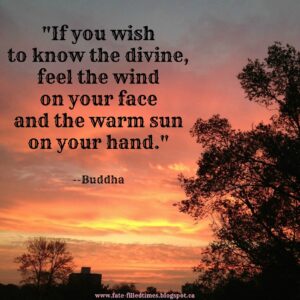
In 1957, Elidade brought to the reader’s attention that he believed the world we live in had lost its hierophanies and all living things were part of the same flat reality. Meaning had trickled away, leaving us with nothing more than the demands of industrial society in the place of depth and wisdom. And yet, we, as humans have an urge to infuse places, objects, and events with meaning to make them sacred- whether it be our spiritual practice, a family tradition, or the soil behind our woodshed where we buried our dog. These things help us to connect with something bigger than ourselves so we are more able to understand and value our lives.
Perhaps our ancestors interacted with the vast landscape differently than how we engage with the numerous neutral places we encounter regularly. They may have seen the depths in a land that was in itself hierophany and had a different way of experiencing the world- one that required more intelligence from their bodies rather than their minds. But I don’t entirely agree with Elidade’s statement that we have lost our ability to find the sacred in our environment, although all the distractions we now face in today’s modern society add a different layer of challenge. There is no denying that it is difficult to be present with the sacred world around us when we can just as easily put a screen in front of our faces. Still, I don’t believe we are too far gone or too out of touch with our reality to lovingly connect with it.
Invaded Sacred Spaces

Even Sacred Forms Change

Life's Sacred Gifts
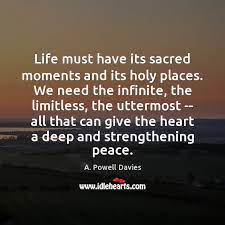
We can all discover our own hierophanies without stepping onto a yoga mat or committing ourselves to a religious doctrine. All we have to do is slow down our minds and notice how we are infused with sacred life. There is a sacredness in our ability to watch shadows and lights dance across floors. How sacred to have ears that allow us to hear laughter, breath, and rattling wind. There is a sacredness in the words we can speak, filled with love and compassion. And our ability to feel gentleness, heartache, and joy, which press against our hearts and make us feel alive.
To notice the sacred, we must live awake. There are divine elements we carry inside us always. There are gifts of life offered to us daily. It may be worth questioning if we are awake to the other lives alongside us. Such as birds singing and trees swaying. Are we awake to the wondrous parts of life? Like the changing moon, intricate snowflake, or warmth of sunlight. Are we awake to the things that touch our hearts? Which can be found in a song, final good bye, or loving embrace. Our search for meaning in this life can end once we access our own aliveness. And the key is to notice all the changing elements that fill our lives. After all, these gifts are here for us as part of our sacred human journey. Why not enjoy them all.
Contemplation Points
- What does the word ‘sacred’ mean to you? Does this word make you uncomfortable? If so, why? If not, why?
- Where places do you consider sacred?
- How do you feel when you visit them
- How can you bring more of these feelings into your everyday life?
- What are things you encounter everyday that could be considered sacred? How often do you pay attention to these things? What can you do to integrate them more into your life?

